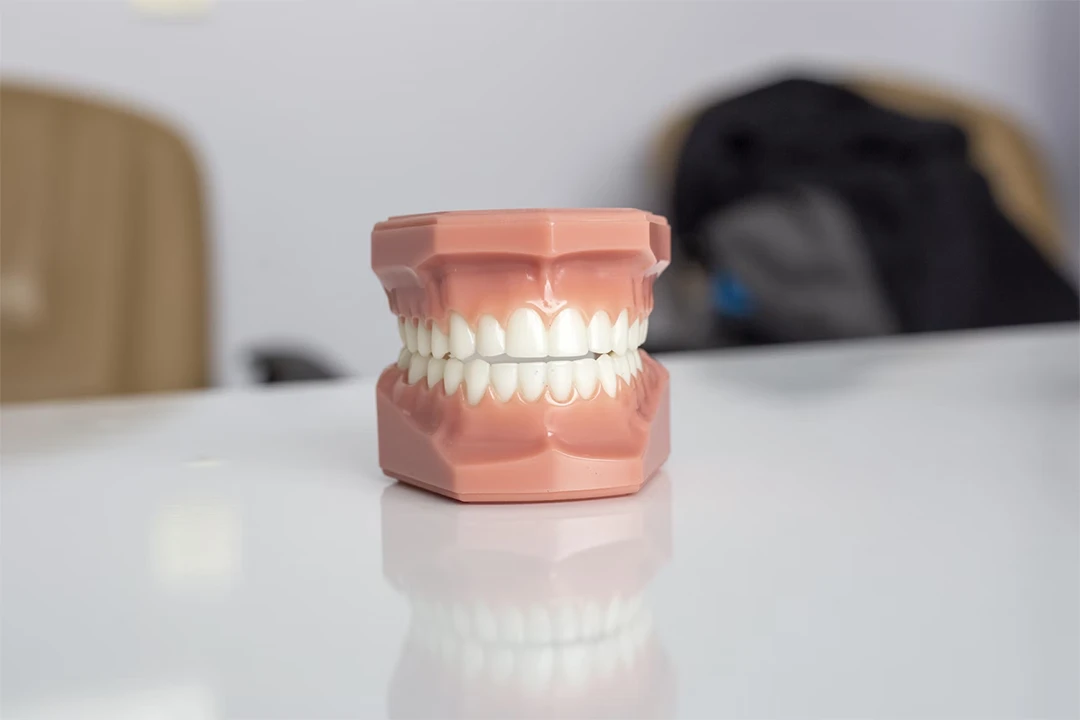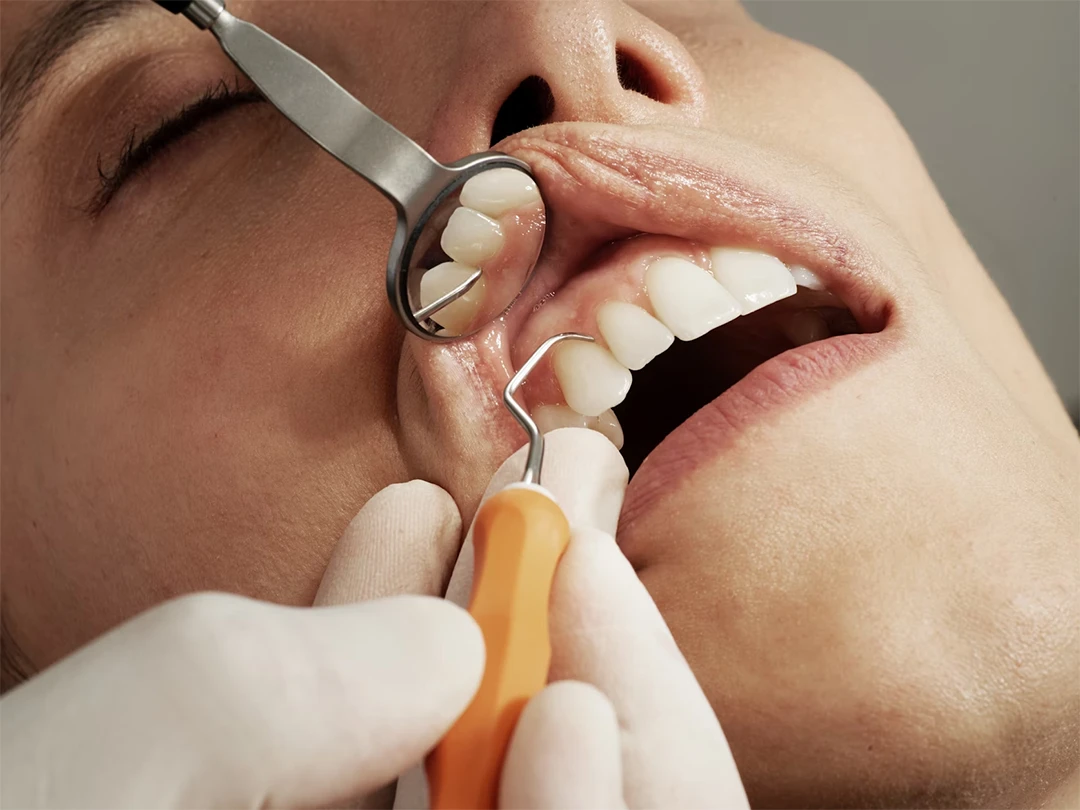
Good dental hygiene practices are integral to overall well-being and can promote radiant smiles. Having a good oral care routine is critical for keeping your teeth looking their best and staying disease-free. From daily brushing and flossing sessions to checkups with the dentist, including these best practices in your regimen can prevent issues with teeth and promote an effervescent glow.
In this guide, we’ll delve deep into dental hygiene practices that lead to healthy smiles.
Regular Dental Check-ups
Scheduling regular visits to the dentist is key for maintaining optimal oral health and avoiding dental problems. It is recommended to visit every six months for professional cleanings and in-depth exams by your dental provider. Your provider can detect early warning signs such as cavities, gum disease, or oral cancer, so prompt treatments and prevention are essential. This will also help you avoid further complications.
Living close to your dentist’s office removes barriers to receiving quality oral healthcare services and can facilitate timely appointments for proactive oral health management. For instance, if you live in Liberty Village, Canada, looking for the best dentist in Liberty Village can be ideal, especially if you need urgent dental care.
Always choose a dentist who is not only skilled but also conveniently located, so dental health becomes an effortless part of everyday routine.
Daily Brushing Techniques
Brushing your teeth twice every day is one of the cornerstones of dental hygiene. Use a soft-bristled toothbrush with fluoride toothpaste for a gentle yet thorough cleansing of both gums and teeth. Hold at a 45-degree angle using circular movements, and don’t forget your tongue either to help eliminate bacteria build-up that could foul up breath.
For optimal dental health, replace your toothbrush every three to four months, or sooner if the bristles fray. On this note, according to statistics, 4 in 10 people don’t change their toothbrush regularly. Keep in mind that this could lead to tooth decay, so make sure you change your toothbrush regularly.
Different Kinds of Toothbrushes
When it comes to toothbrushes, there exists an array of choices available to meet both individual preferences and dental requirements.
One can find manual toothbrushes with bristle varieties like soft, medium, and firm. Soft-bristled brushes tend to be gentle on teeth and gums, perfect for most but especially helpful for people with sensitive gums or enamel issues. Medium-bristled ones strike the ideal balance between delicate cleaning and plaque removal, while hard-bristled toothbrushes may be excessively abrasive and should only be used under professional advice in situations with unique dental conditions.
Powered toothbrushes have evolved in recognition, delivering whirling or vibrating brushes that replicate the hand motions of thorough plaque elimination, and timers and stress sensors to supply considerate yet complete cleaning sessions.
People wearing orthodontic products such as fixed braces or dental implants acquire access to uniquely designed powered toothbrushes with slanted brushes intended for reaching wires and attachments for comprehensive cleaning without jeopardizing expensive dental work. These brushes ensure comprehensive purification devoid of peril.
Importance of Flossing
Many underestimate the significance of flossing, yet this daily practice can play an integral role in eliminating plaque and debris that a toothbrush alone cannot reach.

Use about 18 inches of dental floss, wrapping it around your fingers before gently sliding it between each tooth. Bend and curve the floss against your teeth as you clean between and around each one before gently moving up and down with each movement of your fingers to effectively reach every area where there may be contaminants present. An effective daily floss session can prevent cavities, gum disease, and bad breath as well.
Healthy Diet for Dental Health
Your diet plays an essential part in maintaining optimal oral hygiene and overall oral health. Being conscious about what you eat is crucial as certain foods can have direct ramifications on the teeth and gums.
Start eating healthfully today, including fruits, veggies, lean proteins and dairy as they are the source of essential calcium and vitamin content needed for strong teeth and gums.
Staying hydrated by drinking ample amounts of water helps flush away food debris and bacteria, creating an ideal oral environment and maintaining long-term dental health. Implementing these habits into daily eating plans supports long-term dental wellness with beautiful smiles.
Proper Use of Dental Products
Utilizing appropriate dental products will enhance your oral care routine, from choosing an ergonomic brush with the ADA Seal of Acceptance for quality assurance to selecting fluoride toothpaste that strengthens enamel and prevents cavities.
Consider purchasing mouthwash with fluoride to provide an additional defense against bacteria and plaque accumulation. Consult your dentist about specific recommendations suited for you and your unique requirements.
Bottom Line
Dental hygiene practices that promote optimal oral health are crucial to creating a beautiful smile and healthy teeth. Daily brushing, flossing, maintaining a nutritious diet and regular dentist visits all combine to prevent dental issues while encouraging confidence-inspiring smiles. Make these part of your everyday routine and enjoy years of blissfully clean teeth and gums.

